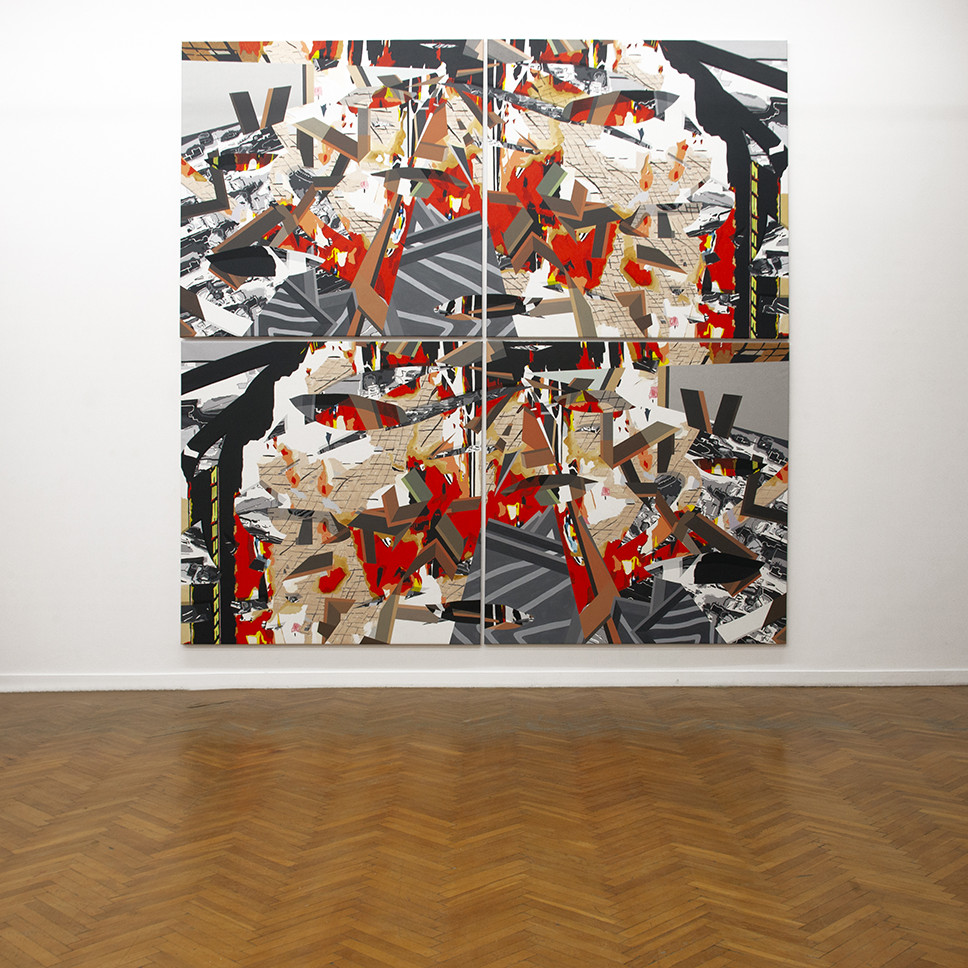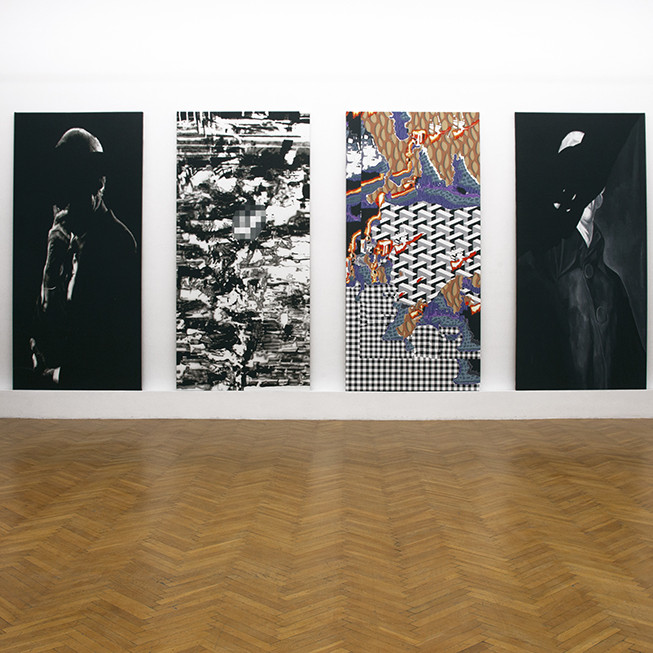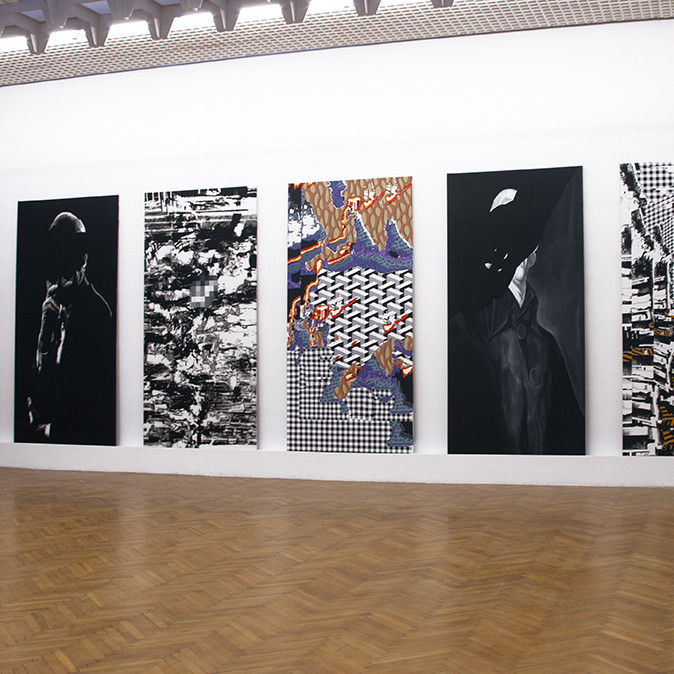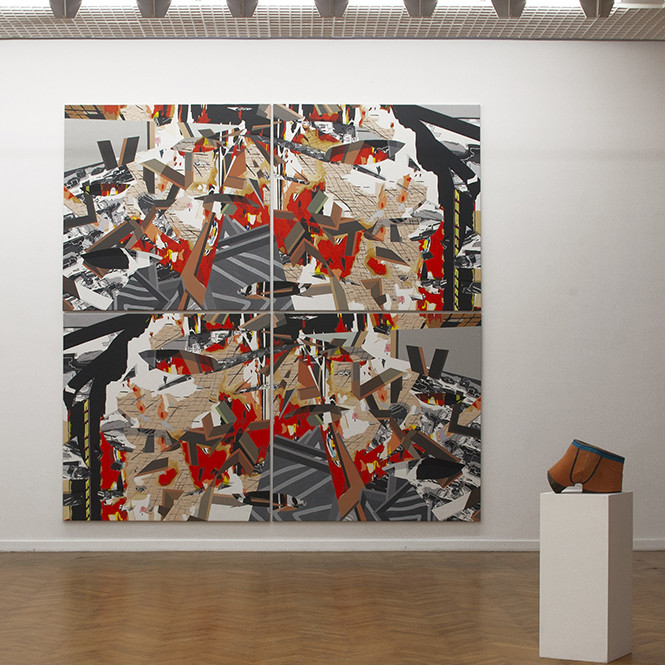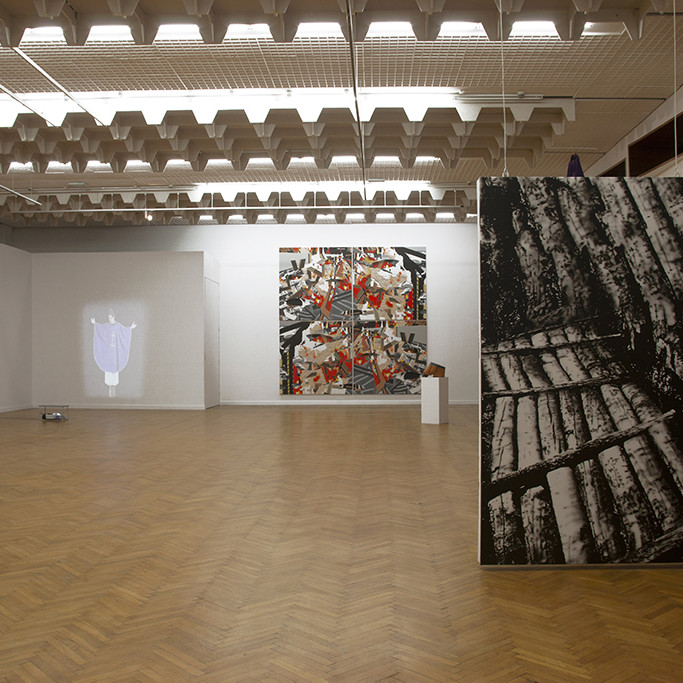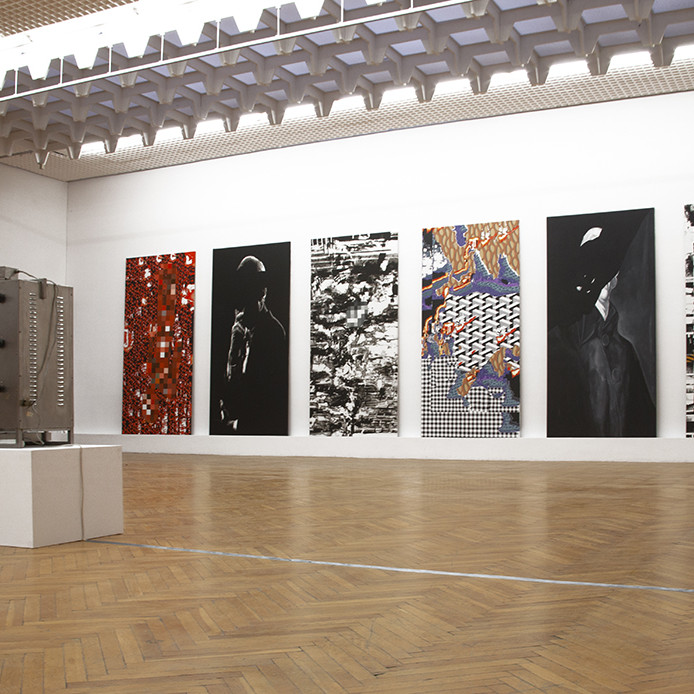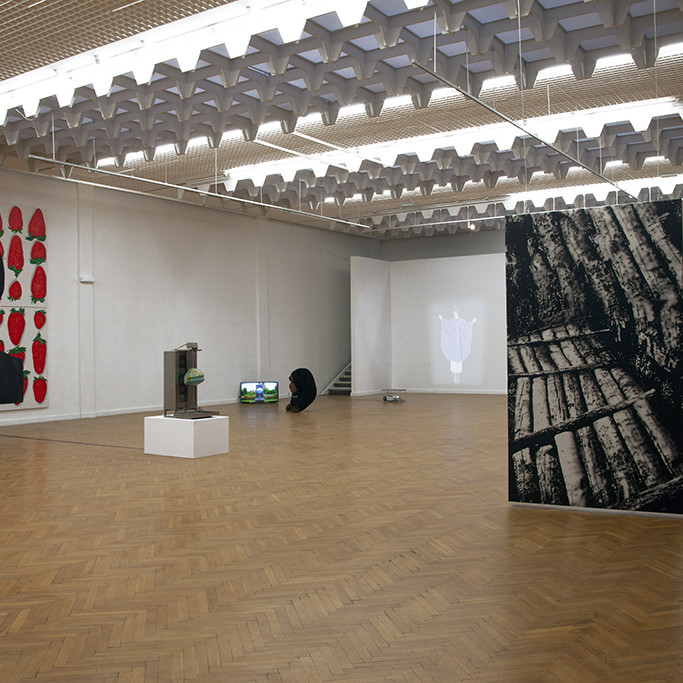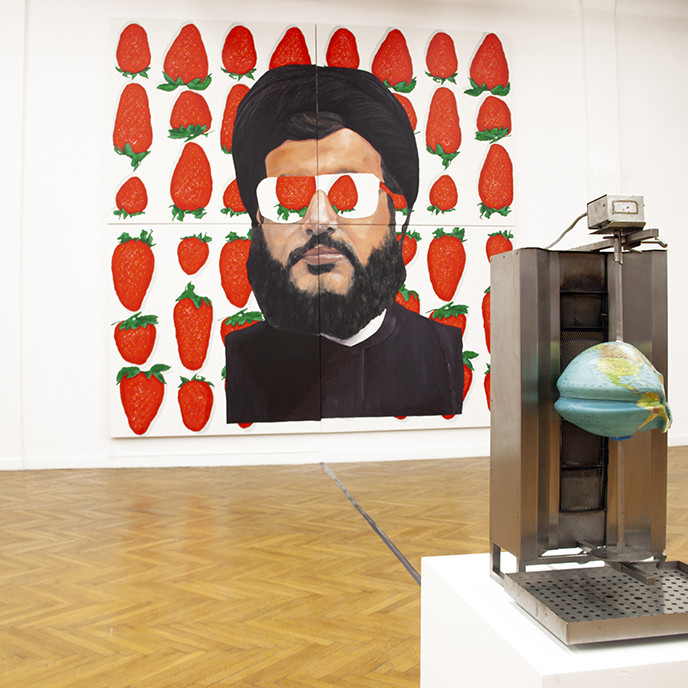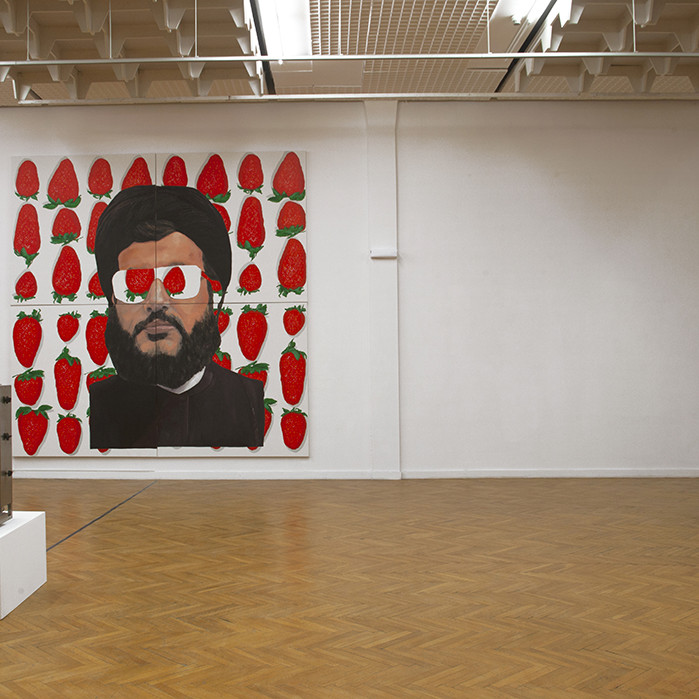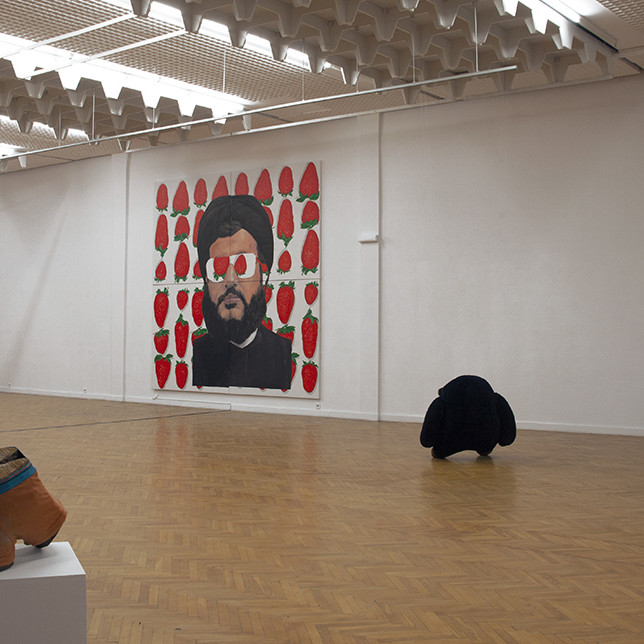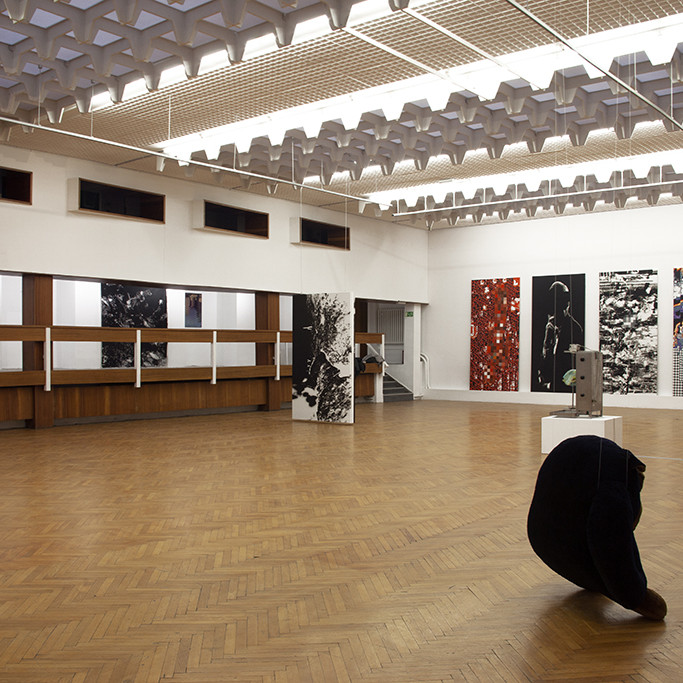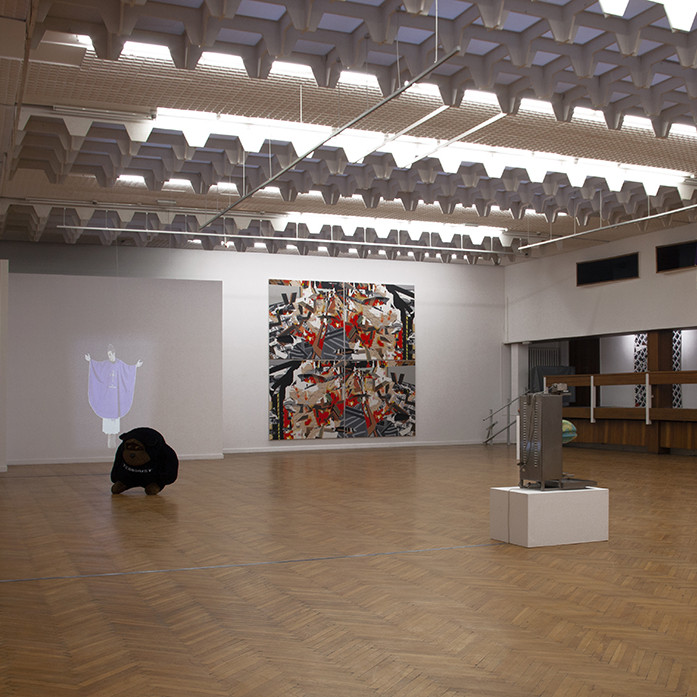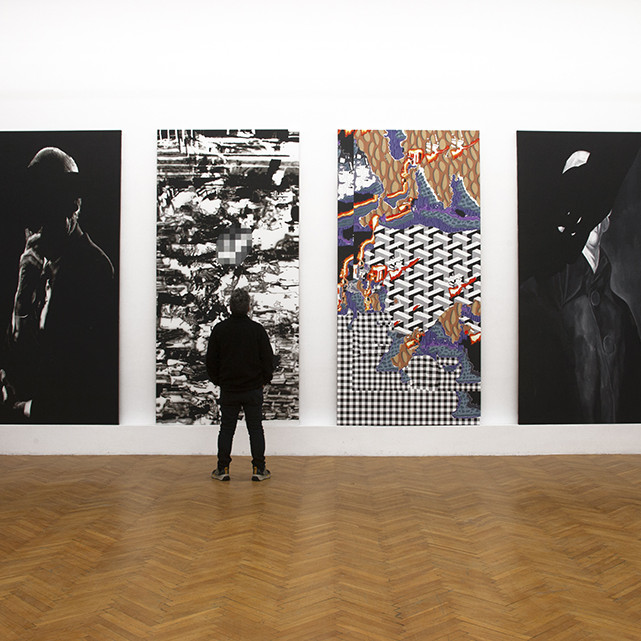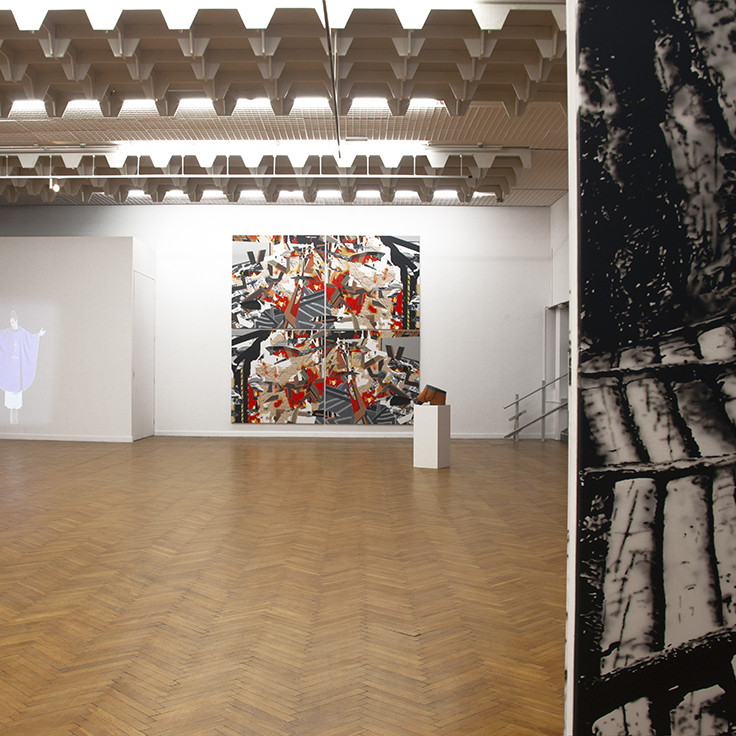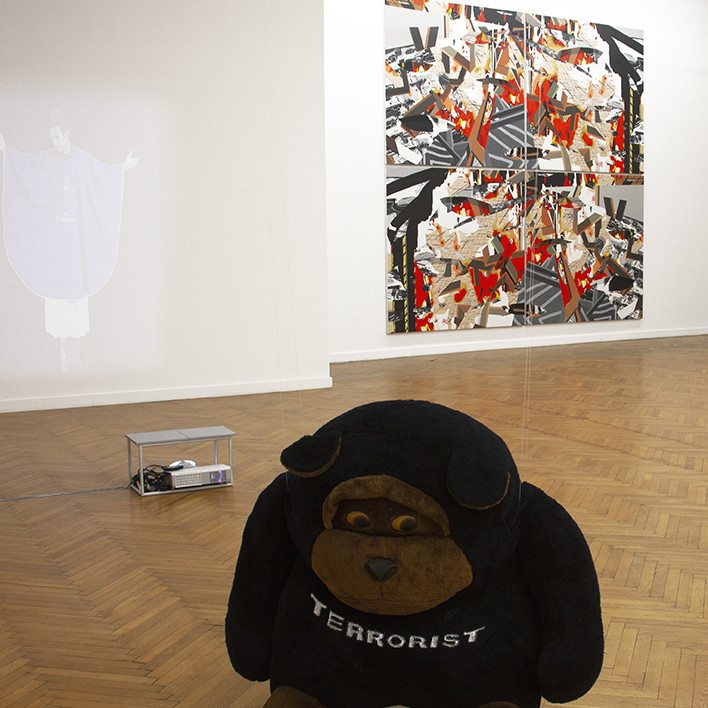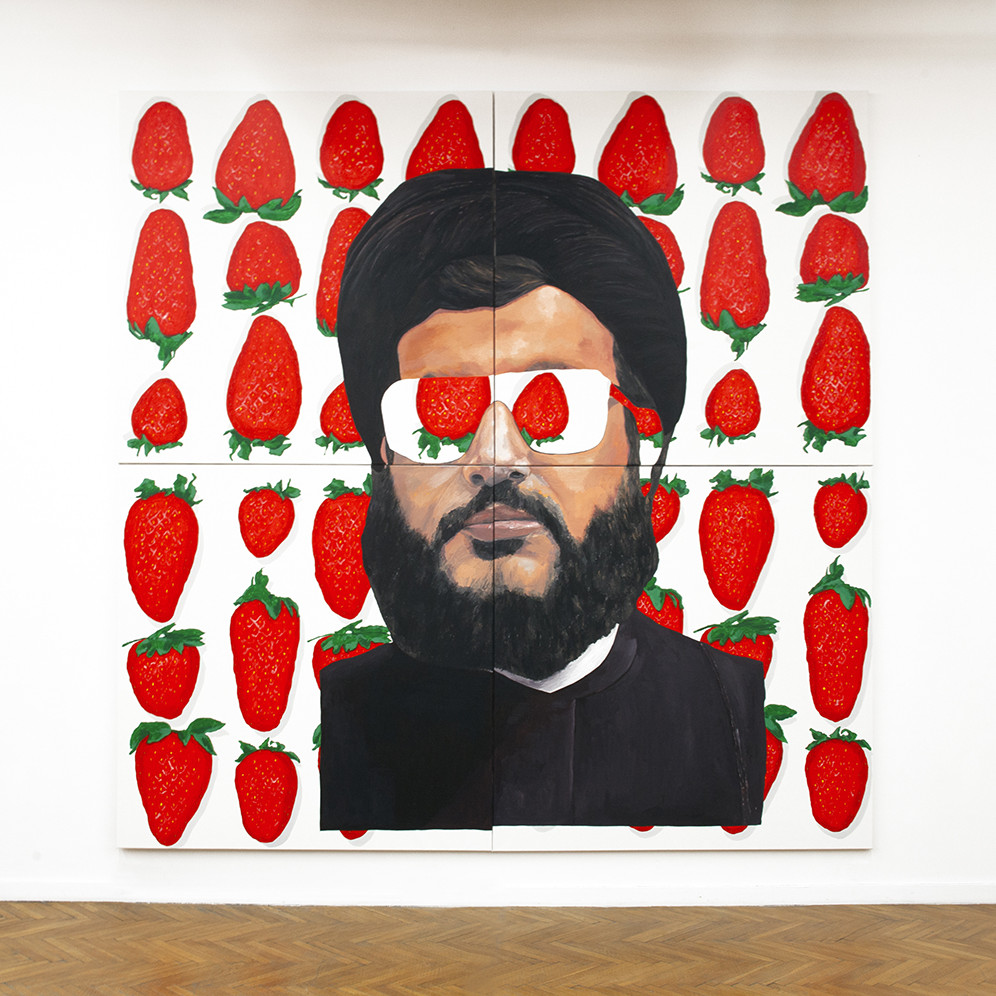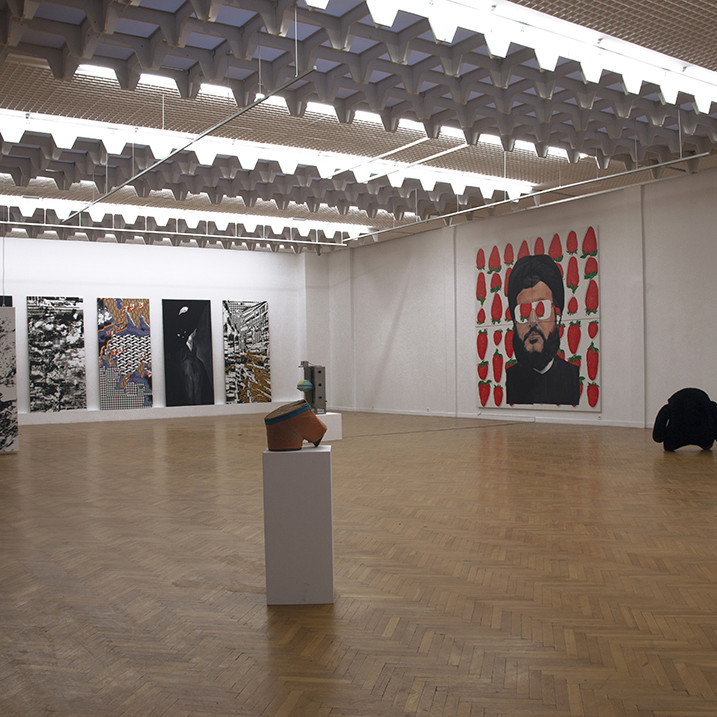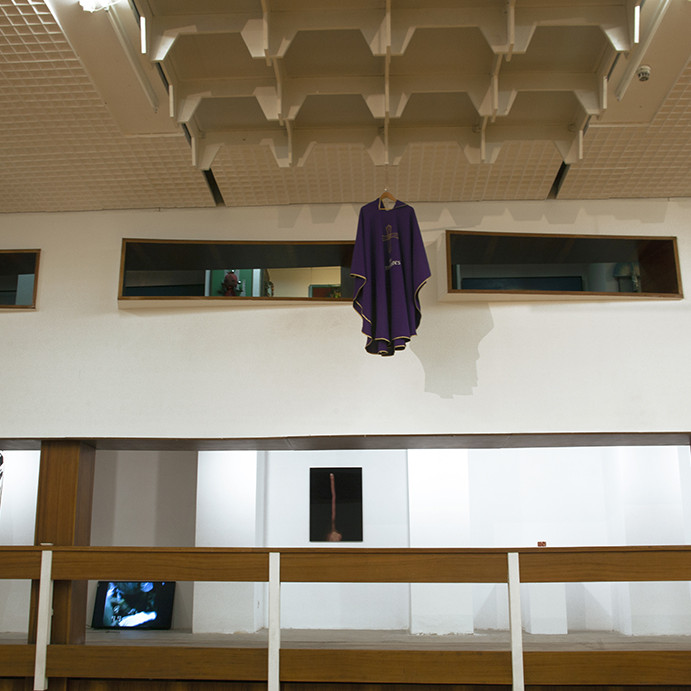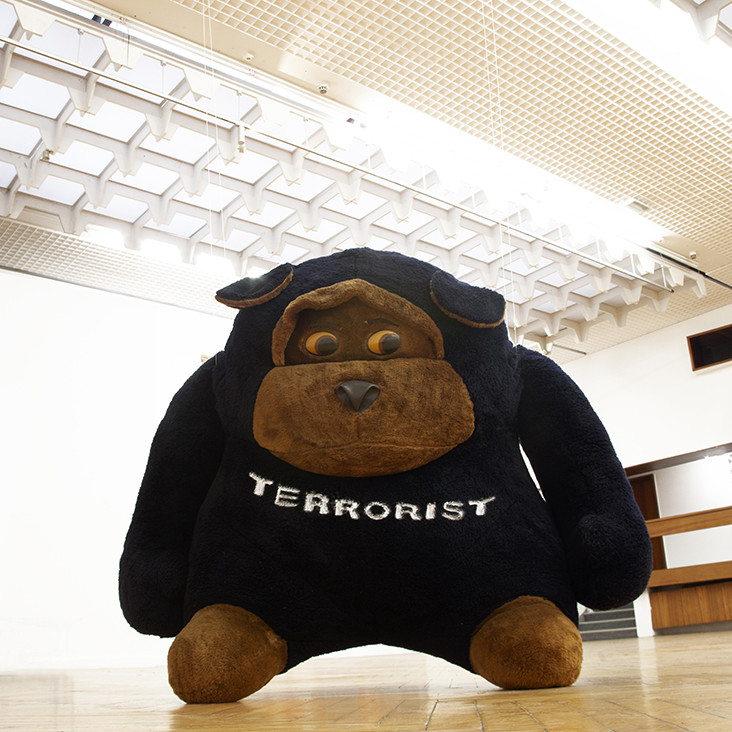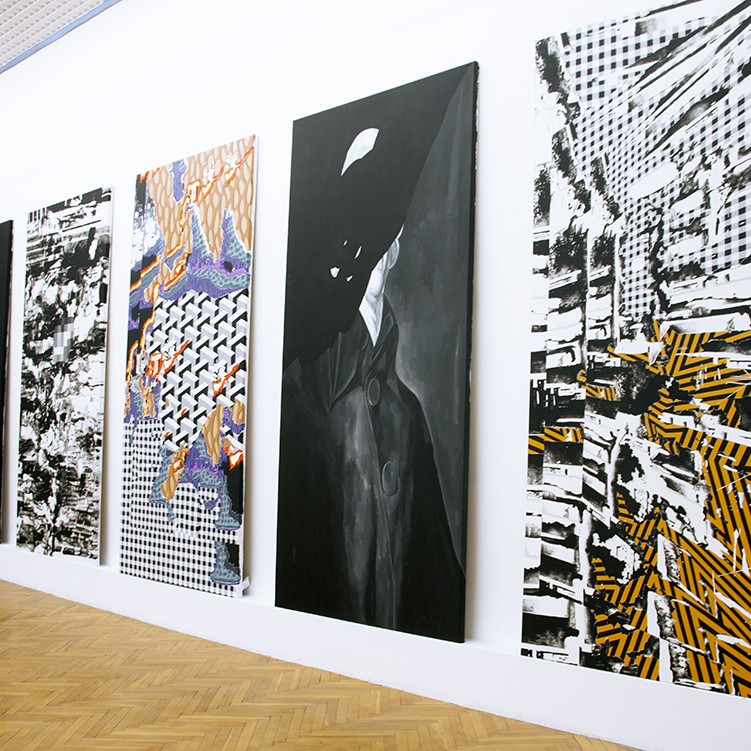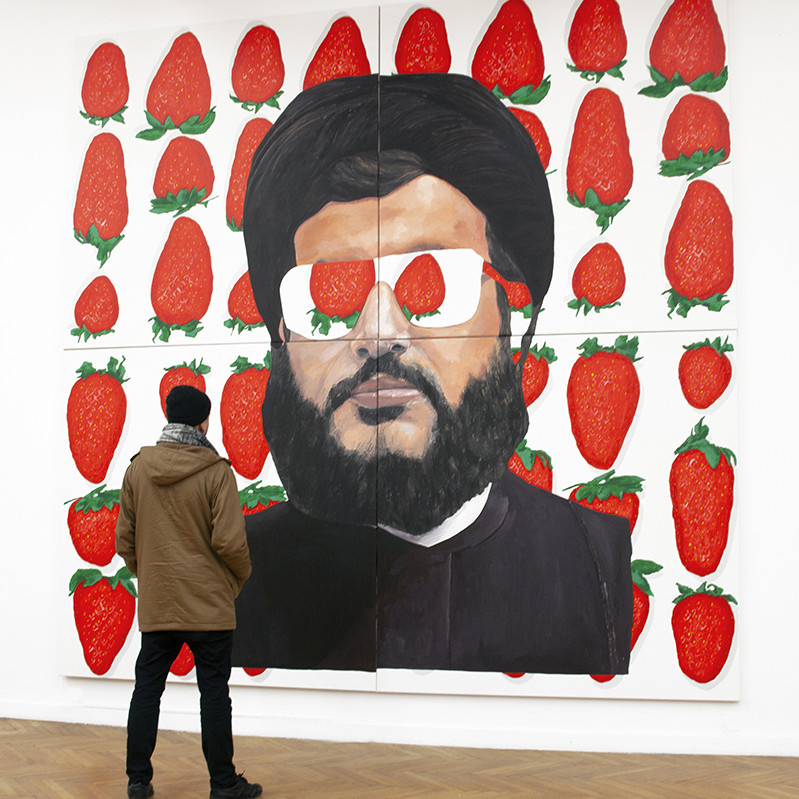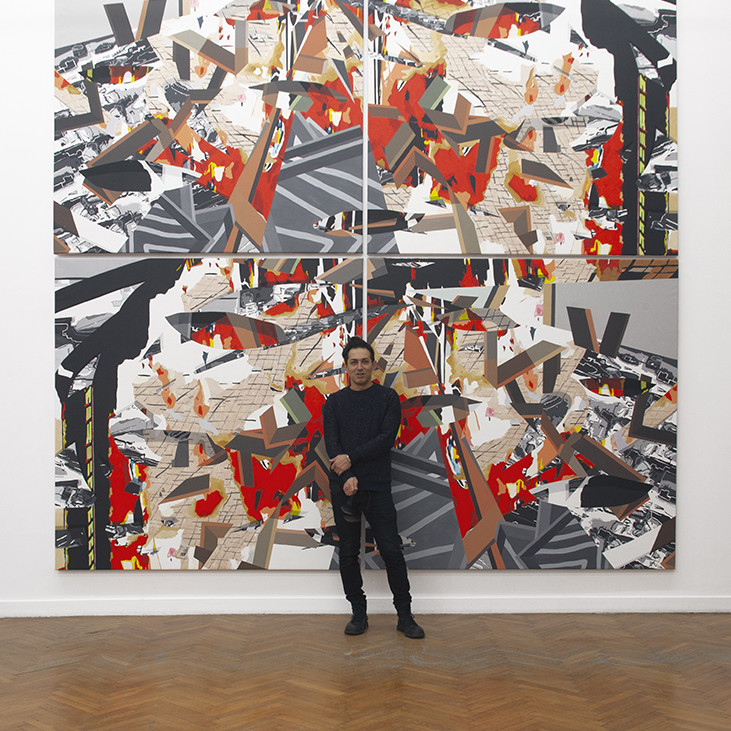GUERNICA EVERY DAY / MOS / 2023
Notes on Volkan Diyaroğlu’s “Guernica Every day” Exhibition
We are living under constant bombardment in every sense of the word: Missiles, oppression, violence, censorship, opinions, visual messages… This seems to be a legacy of the 20th century that also gave character to the present millennium. The wounds inflicted by the 20th century tragic history have their representation in art, Picasso’s “Guernica” being one of the most famous examples. Similarly, Volkan Diyaroğlu uses his artistic expression to present us with the torments of the 21st century. As Wassily Kandinsky puts it in the opening sentence of his book “On Spirituality in Art”, “Every work of art is the child of its age and in many cases, the mother of our emotions”.
Art history can be seen as the history of crossing lines. In the first half of the 20th century, Aesthetic Modernist Movements and Avant-garde Art Movements raised important questions about modernism and the social, political, and cultural developments of the period, sometimes in parallel, sometimes in opposition to each other. The artists struggled with their minds and bodies, tormented by existential dilemmas. At some point in the late 1960s and early 1970s, the anti-modern and combative neo-avant-garde artists became the architects of the postmodern process. Volkan Diyaroğlu places his exhibition in this political and aesthetic context.
The works of Diyaroğlu have a perspective that changes and develops gradually. For example, when watching “Portrait of Milton Friedman” and “Portrait of Adam Smith” in the context of the video and installation of “Apocalyptic Kebab,” Friedman’s famous phrase “There is no such thing as a Free Lunch” comes to mind. On the other hand, the opposite results of these economists’ theses can be seen in the works of “War Selfie” and “Waldus Is Not a Terrorist” at the point where international relations are broken. Thus, each piece creates a drift representing its own perception of time and builds an experience for the spectator in the exhibition space.
The exhibition recreates the current state of the world both as an objective and subjective space. In other words, a kind of global ethnography in microscale has been established by the artist. We can define it as a psychogeographic representation in which the viewer enters the personal space of the author, moves between the geographical, urban and sociological aspects of his experience. Diyaroglu distances himself from a narrative gaining popularity in the “ultra-developed” world, in which art is seen as property, as well as the corporate structure of contemporary art. He shows us a different set of values, not simply as an assortment of pieces perceived as collector items.
The ever-increasing capitalist commodification is pervasive in our daily life, we are simultaneously exposed to this proliferation and trying to fight it. Art has an important role in giving visibility to these phenomena. In this context, where this socio-economic system captured every area of life, it is undoubtedly the artist’s priority to recap moments of amusement, love, rest, fun, and daydreaming.
Creativity cannot be defined by what is beautiful on the one hand or merely functional on the other. The idea that the beautiful is subject to specific rules causes us to witness a production based on representation rather than expression in today’s art. As a result, even the quality of art has become a part of the capitalist social structure, like the quantitative production process. In this context, “Everyday Guernica” proposes a free and imaginative trajectory open to all life without falling into the trap of either the ruling class or the desires of popular culture production. Staying on that path, which can be defined as a network of possibilities that is polyphonic, pluralistic, and embracing all kinds of “others”, will undoubtedly add meaning to our lives.
Fırat Arapoğlu*
* Asst.Prof.Dr. (Art Historian, Altınbaş University), Curator and Art Critic.
Curated by: Bartosz Nowak
20.01-12.03.2023
*Zrealizowano przy pomocy funduszu stypendialnego ze środków finansowych budżetu Miasta Gorzowa Wielkopolskiego.

